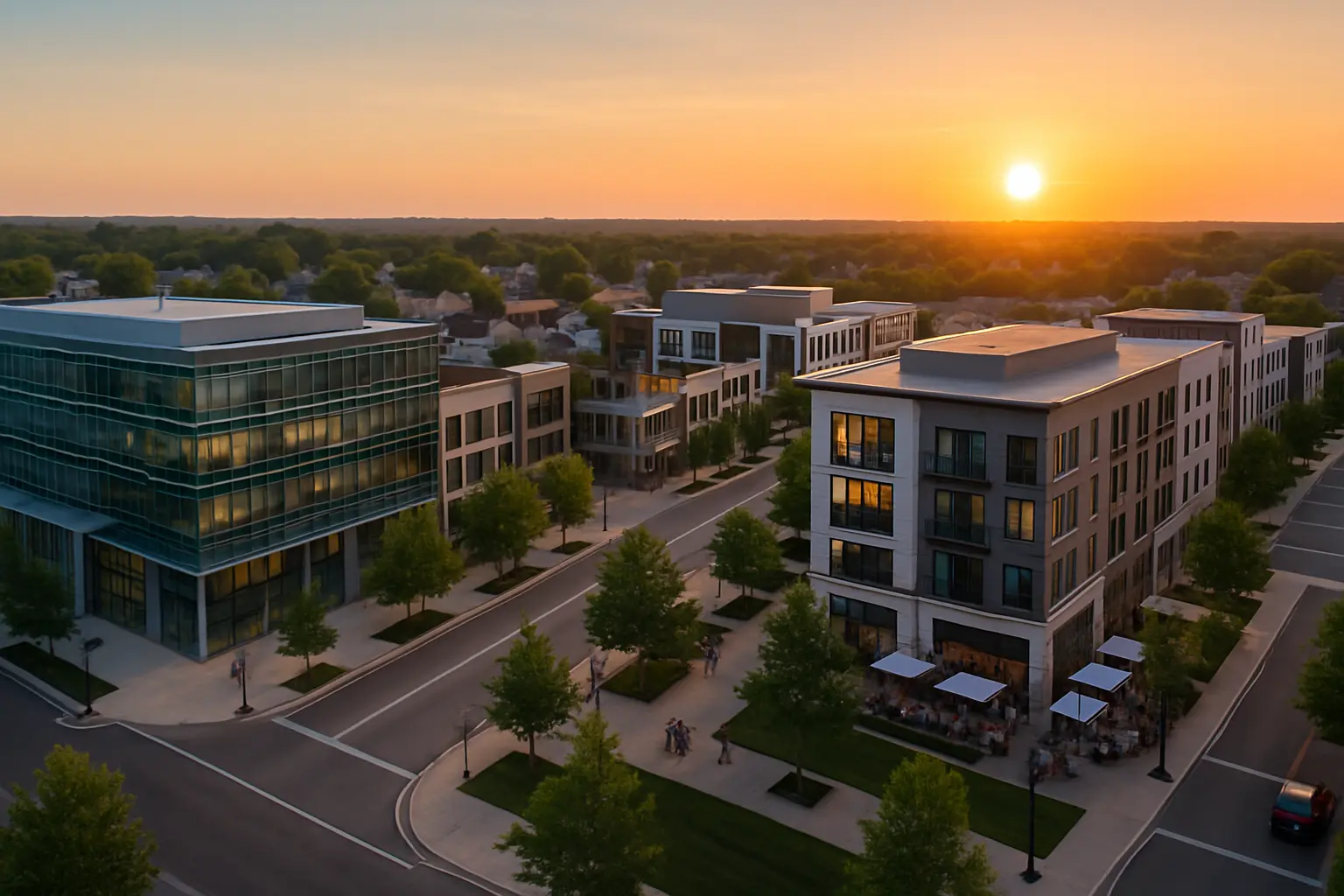Beyond City Limits: The Rise of Suburban Business Districts in Greater Dayton
Discover how Beavercreek, Kettering, and Centerville are transforming into thriving commercial hubs while maintaining their residential charm.

The Evolution of Suburban Commercial Development
Greater Dayton's suburbs are undergoing a remarkable transformation, establishing themselves as formidable commercial centers while carefully preserving their residential charm. Beavercreek, Kettering, and Centerville have emerged as prime examples of how suburban areas can successfully balance business growth with community living.
These evolving suburbs have implemented strategic zoning policies and smart growth initiatives that promote sustainable development while maintaining the quality of life that residents have come to cherish. The result is a harmonious blend of commercial vitality and suburban tranquility that's attracting both businesses and homeowners alike.
Strategic Business Corridors
Each suburb has developed distinct commercial zones that cater to different market segments:
Beavercreek's Innovation Hub
The area surrounding The Greene has evolved into a technology and retail corridor, featuring:
- Modern office complexes housing tech startups and established firms
- High-end retail establishments and restaurants
- Professional service centers with medical and financial institutions
Kettering's Business Boulevard
The Far Hills Avenue corridor continues to thrive with:
- Boutique professional offices
- Local entrepreneurial ventures
- Healthcare facilities and wellness centers
Centerville's Market District
The transformation of Main Street has created a vibrant commercial atmosphere through:
- Mixed-use developments combining retail and office spaces
- Artisanal shops and dining establishments
- Creative workspaces and collaborative environments
Live-Work-Play Communities
The integration of commercial districts with residential areas has become a hallmark of these suburban transformations. Walkability has emerged as a key factor in new developments, with communities designed to provide easy access to:
- Entertainment venues and recreational facilities
- Green spaces and community gathering areas
- Public transportation hubs and bike-friendly infrastructure
"The success of these suburban business districts lies in their ability to create environments where people can work, live, and enjoy leisure activities without sacrificing the suburban lifestyle," notes a local urban planning expert.
Investment Opportunities
The growth of these suburban business districts presents compelling investment opportunities in:
- Mixed-use Properties: Buildings combining ground-floor retail with upper-level offices or residential units
- Commercial Real Estate: Modern office spaces and retail locations in prime areas
- Residential Developments: Multi-family housing and townhomes near business districts
The market shows strong potential for continued growth, with increasing demand for properties that offer both commercial and residential advantages. Investors are particularly attracted to developments that emphasize sustainability and community integration.
Future Outlook
As these suburban business districts continue to evolve, they're setting new standards for commercial development outside traditional city centers. The successful integration of business growth with residential appeal has created a blueprint for suburban development that other communities across the nation are beginning to emulate.


